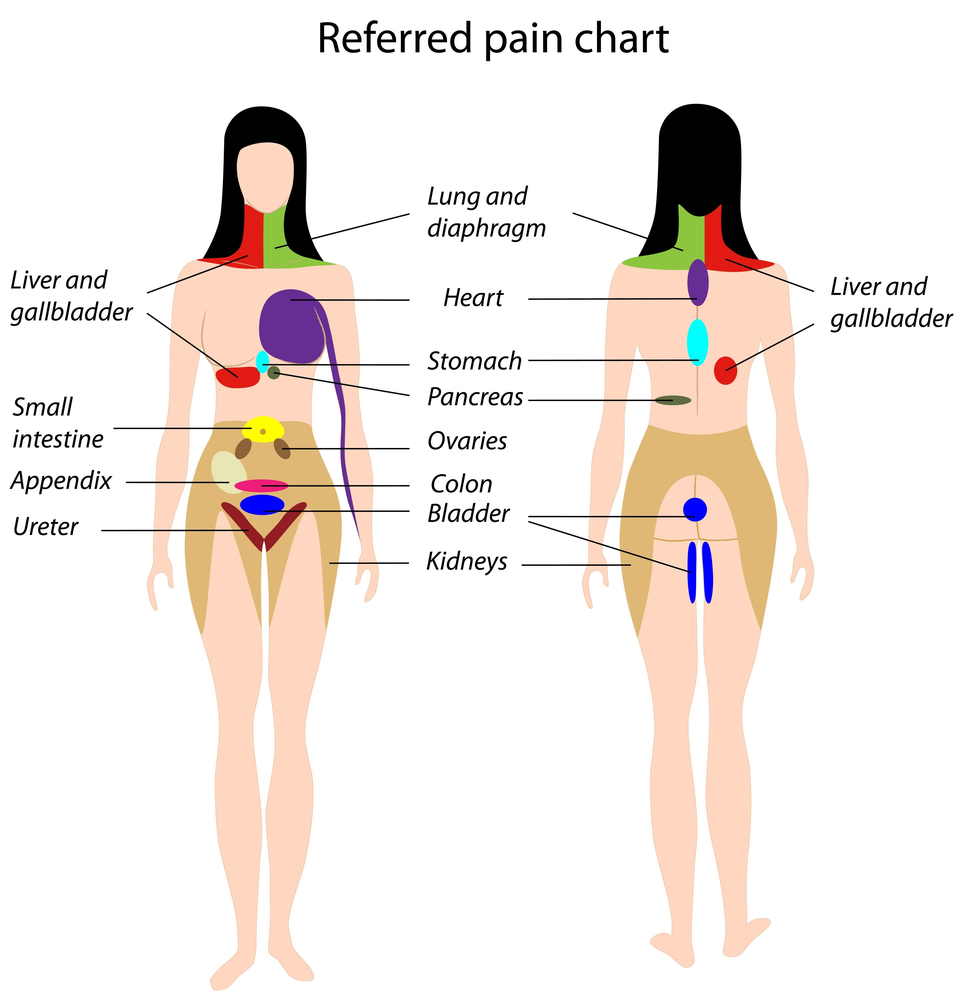Physiotherapy for Mid and Upper-Back (Thoracic Spine) Pain

What causes pain around the thoracic spine?
Because our lifestyles are becoming more sedentary, stiffness in the thoracic spine is a common problem, particularly in any professions that spend a lot of time sitting. When the joints in the spine are stiff, there’s a much higher chance that they can become irritated and the muscles of the area become sore as they must work a lot harder to move the spine. If you have irritated one of the joints in the thoracic spine, you’ll often experience pain directly over the middle or upper back, and sometimes in the ribs or even chest. You may also feel pain when taking a deep breath or when pressing on the ribs.
How is thoracic pain treated?
As there are several ways to treat thoracic pain, each case needs to be assessed individually to ensure the treatment is targeted and effective. Some techniques commonly used include:
• Joint mobilisations and manipulations
• Massage
• Range of motion and flexibility exercises
• Strengthening exercises
• Modification of day-to-day activities to reduce the load on the spine
If you’re in a sedentary job, performing regular thoracic mobility exercises will reduce the likelihood of problems occurring.


Can you get a ‘disc bulge’ in the thoracic spine?
It is possible to get disc injuries in this region of your spine. They will be treated in a similar manner to those in the lower back (see our article on lower back pain for more information). For these injuries, bed rest for longer than 24 hours is not recommended. It is more important to begin slowly getting back to normal daily activities. A physiotherapist can help to keep the surrounding joints moving well, helping to reduce pain and irritation, hence assisting your recovery.
What else could be causing my Thoracic Pain?
Because this area of the body houses many vital organs, pain may occasionally indicate a more serious problem. This is very rare, but referred pain can be caused from heart attacks, lung tumors or rib fractures. Physiotherapists are specifically trained to look out for these “red-flag” presentations to ensure that nothing is missed in the diagnosis.

Get Active!
For more, visit our Frequently Asked Questions page.
If you would like to ask a question about our services or anything else, visit our Contact Us page to get in touch.
If you are ready to make an appointment, visit our make a booking page and let us help you with your fitness or recovery.

